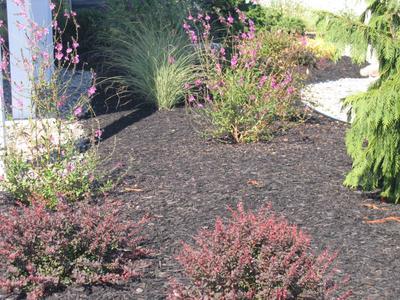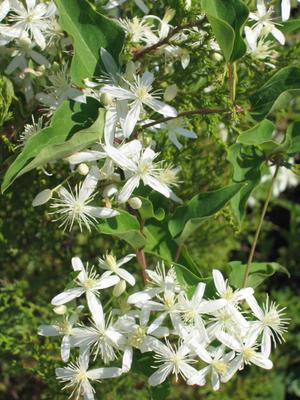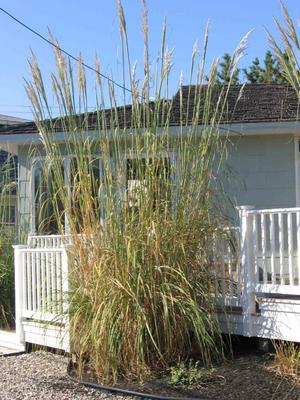Rare Plant Hunting
Today I romped around Pelham Bay Park in the Bronx. I located NYS-listed rare plants Eastern gama grass (Tripsacum dactyloides) and common persimmon (Diospyros virginiana) on an upland copse in Goose Creek Marsh. I noted something interesting – that the Eastern gama grass only appears ringing the upland perimeter of Phragmites, which is highly invasive. Where Phragmites was not observed, gama grass was also absent. T. dactyloides was noted as bearing seeds, but it was too early for the persimmon’s fruits.
Also found a patch of Canada mayflower (Maianthemum canadense). This patch was very small in both size and number of leaves (ramets). Given the undisturbed nature of the site and the seemingly high habitat quality, one would expect to find the plant extensively clonal here - aka a much larger patch. This population will be incorporated into my study of habitat quality using mayflower as an indicator species for forest quality.
New plant listings found and identified from this trip include: climbing hempweed (Mikania scandens), water plantain (Alisma subcordata), three-nerved joe-pye weed (Eupatorium dubium); these are all NYC rare and new finds for the borough. I also found the NYC willow herb (Epilobium coloratum) and the not rare but still cool tussock sedge (Carex stricta).















